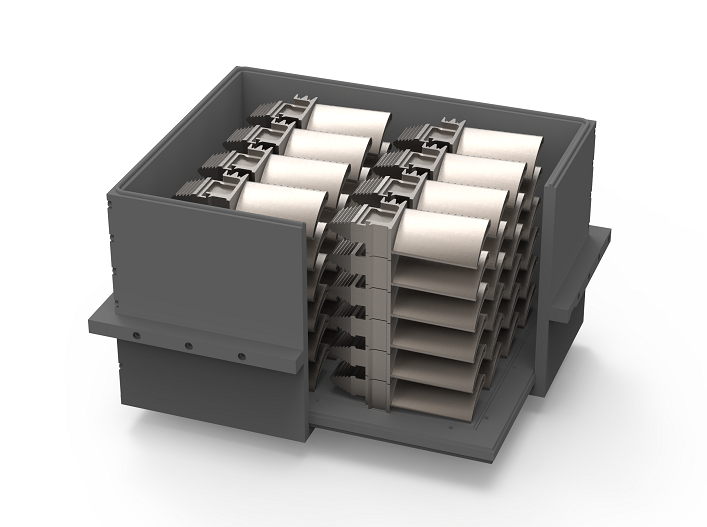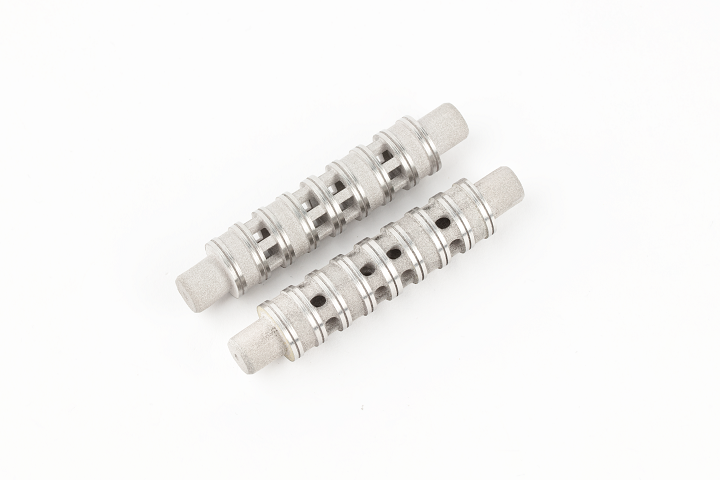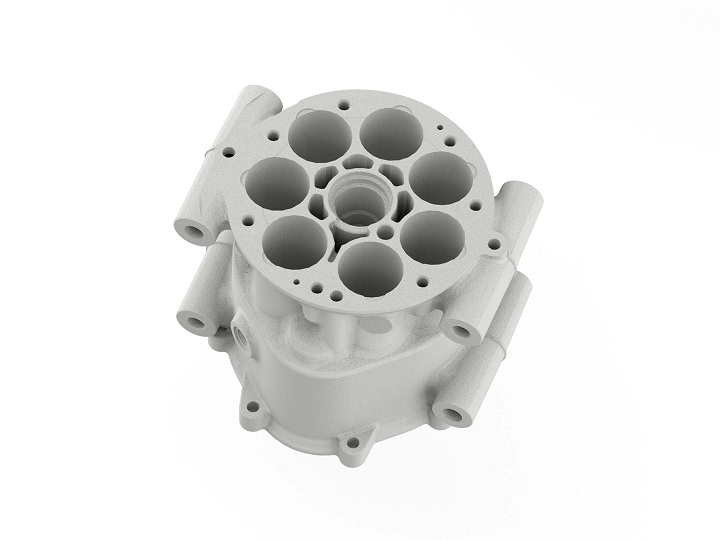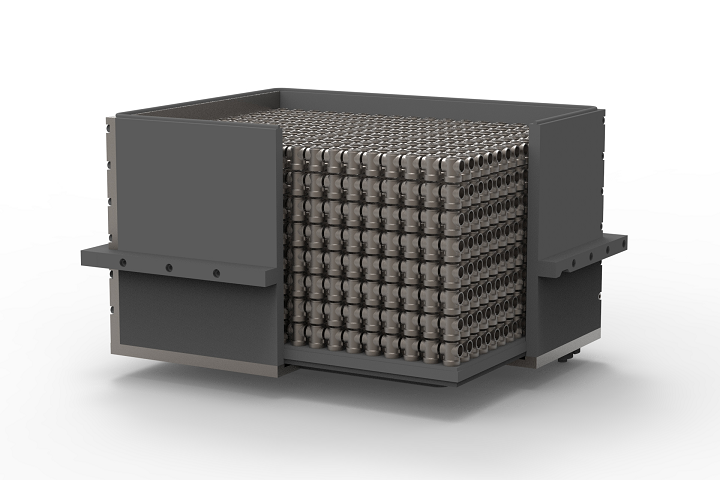Metal 3D printing mass production leader Desktop Metal (NYSE: DM) has announced that nickel-chromium superalloy IN625 is the latest material qualified for high-volume 3D printing with its industrial Production System, joining 4140 low-alloy steel, 17-4PH stainless steel, 316L stainless steel, and a host of others. This nickel alloy is often used for aerospace, power generation, marine, and chemical processing applications, thanks to its high strength, great weldability, corrosion and oxidation resistance, and ability to hold up under extreme, elevated temperatures and pressures for parts under load.
“As Desktop Metal continues to drive our internal R&D efforts to qualify more materials for the Production System platform, we are excited to offer customers an all-inclusive binder jetting solution to print fully characterized IN625 with excellent properties. We anticipate continuing the rapid expansion of our materials portfolio in the coming months as we look to accelerate the deployment of our AM 2.0 solutions to produce end-use metal parts at scale across a growing array of industries and applications,” stated Jonah Myerberg, co-founder and CTO of Desktop Metal.
The Production System uses the company’s patent-pending Single Pass Jetting (SPJ) technology to achieve speeds up to 100 times faster than those of legacy powder bed fusion AM platforms, and combines an open material platform with Desktop Metal-engineered binders, so that users can print high-performance parts out of the same inexpensive metal powders used in Metal Injection Molding (MIM).
The platform is made up of the P-1 printer for serial production and process development applications, along with the large-format P-50 printer for mass-producing end-use parts, and the Production System’s inert processing environment makes it compatible with many materials, such as even reactive metals like aluminum and titanium and high-performance alloys, which brings us back to IN625.
In accordance with ASTM testing requirements, the company’s materials science team has qualified and characterized the superalloy for mass production of strong parts that can withstand extreme environments and high temperatures. As a result, parts 3D printed out of this material on the Production System can reduce material waste and the use of tooling, in addition to lowering production time and part costs.
There are several important use cases for IN625, such as a hydraulic spool, which is used to help adjust flow rates of control valves in oil and gas applications. Normally, these spools are assembled from several machine components, but when 3D printed on the Production System, each one can be printed as a single part, which majorly lowers assembly labor costs. In addition, IN625 gives these spools the ability to survive in extremely corrosive environments.
Another application is blades for gas or steam turbines in the aerospace industry and can be very difficult to mass produce because of their complex cooling channels and geometries. Again, IN625 is a good material choice here due to its corrosion resistance, high creep, rupture, tensile strength, fatigue, and thermal fatigue strength. When printed on the Production System, these geometries and channels are much easier to produce and don’t require machining or casting.
Internal combustion blocks found in aircraft engines also feature tricky geometries and normally require advanced CAM programming and machining setups to produce. Because IN625 has great material properties in environments with extremely high temperatures and forces—like you’d encounter in the aerospace industry—it’s a good material for this application.
“As a transformative combustion equipment company, we are very excited about the release of IN625 for its high temperature and corrosion-resistant properties in flaring and sulfur incineration applications. This will give us much more flexibility in innovative, additive manufacturing designs for some of our most difficult applications,” explained Jason Harjo, Director, Mechanical & Electrical Design (Americas), Koch Engineered Solutions.
Additionally, this part can be printed to a near-net-shape without requiring any tooling when fabricated on the Production System, and only a few machining setups are needed to tweak the internal dimensions.
Valve plugs are another excellent application for the newly qualified IN625, as they’re used to regulate extremely corrosive fluids in chemical processing environments. The superalloy usually is pretty tough to machine traditionally, and this part features organic curves, which means costly and lengthy tooling lead times when made with conventional manufacturing. But the material is corrosion-resistant, and printing it on the Production System makes it possible to fabricate valves on-demand in multiple configurations without requiring expensive, unique casting tools for each.
Finally, there are also complex internal features on the valve bodies used to process corrosive fluids in power plants, which again means multiple components when you’re using conventional manufacturing to fabricate four-way valve housings. But because of how durable and corrosion-resistant IN625 is, it’s a valuable material for creating these parts. Plus, manufacturers can reduce part count, production cost, and assembly labor time by using the Production System’s SPJ technology to print these housings.
(Source/Images: Desktop Metal)
Subscribe to Our Email Newsletter
Stay up-to-date on all the latest news from the 3D printing industry and receive information and offers from third party vendors.
You May Also Like
Profiling a Construction 3D Printing Pioneer: US Army Corps of Engineers’ Megan Kreiger
The world of construction 3D printing is still so new that the true experts can probably be counted on two hands. Among them is Megan Kreiger, Portfolio Manager of Additive...
US Army Corps of Engineers Taps Lincoln Electric & Eaton for Largest 3D Printed US Civil Works Part
The Soo Locks sit on the US-Canadian border, enabling maritime travel between Lake Superior and Lake Huron, from which ships can reach the rest of the Great Lakes. Crafts carrying...
Construction 3D Printing CEO Reflects on Being Female in Construction
Natalie Wadley, CEO of ChangeMaker3D, could hear the words of her daughter sitting next to her resounding in her head. “Mum, MUM, you’ve won!” Wadley had just won the prestigious...
1Print to Commercialize 3D Printed Coastal Resilience Solutions
1Print, a company that specializes in deploying additive construction (AC) for infrastructure projects, has entered an agreement with the University of Miami (UM) to accelerate commercialization of the SEAHIVE shoreline...



































